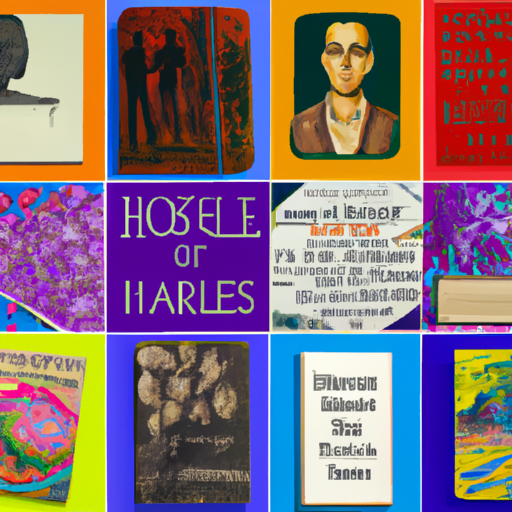Introduction
Styles in literature play a crucial role in shaping the overall tone, mood, and atmosphere of a literary work. Understanding different literary styles is essential for both writers and readers alike. In this comprehensive guide, we will explore the various styles in literature and delve into their significance.
Defining Literary Styles
Literary styles refer to the distinctive ways in which writers express their ideas and convey their messages through the use of language. These styles encompass a wide range of elements, including word choice, sentence structure, figurative language, and narrative techniques. By employing different styles, authors can create unique and memorable literary experiences.
The Importance of Literary Styles
Literary styles serve several purposes in literature. They help to establish the overall mood and atmosphere of a work, evoke emotions in readers, and enhance the storytelling process. Additionally, styles can reflect the cultural, historical, or social context in which a piece of literature is written, providing valuable insights into the time period and the author’s perspective.
Major Literary Styles
1. Realism: Realism is a style that aims to depict events, characters, and settings in a truthful and accurate manner, often focusing on everyday life and ordinary people. Authors like Mark Twain and Charles Dickens are known for their realistic portrayals of society.
2. Romanticism: Romanticism emphasizes imagination, emotion, and individualism. This style often explores themes of nature, love, and the supernatural. Prominent Romantic writers include William Wordsworth, Lord Byron, and Mary Shelley.
3. Modernism: Modernist literature emerged in the early 20th century and is characterized by experimentation, fragmented narratives, and a focus on inner consciousness. Writers like Virginia Woolf and James Joyce are associated with this style.
4. Postmodernism: Postmodernism challenges traditional storytelling conventions and embraces self-reflexivity, irony, and intertextuality. Authors such as Italo Calvino and Thomas Pynchon are known for their postmodernist works.
5. Magical Realism: Magical realism blends elements of fantasy and reality, creating a unique narrative style. Writers like Gabriel Garcia Marquez and Isabel Allende are renowned for their use of magical realism.
Conclusion
Understanding the various styles in literature is essential for appreciating and analyzing literary works. From realism to magical realism, each style offers a distinct approach to storytelling, allowing authors to captivate readers and convey their messages effectively. By exploring different literary styles, both writers and readers can gain a deeper understanding of the rich and diverse world of literature.




